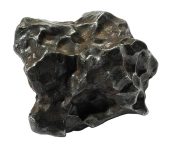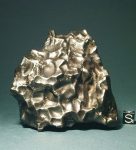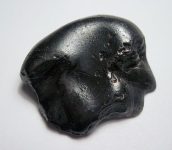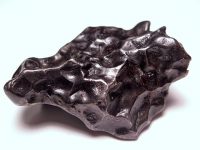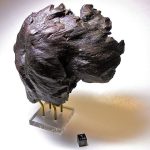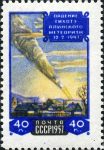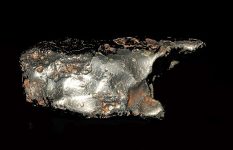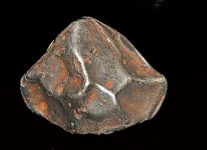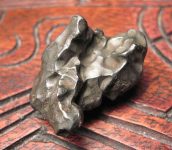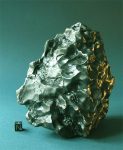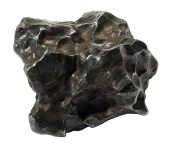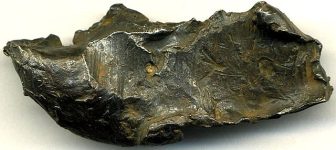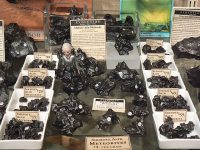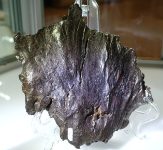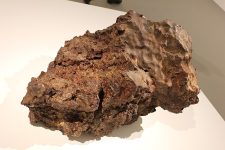Sikhote-Alin
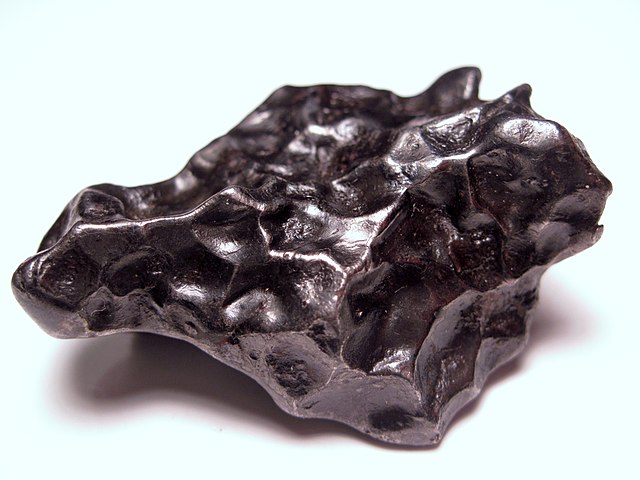
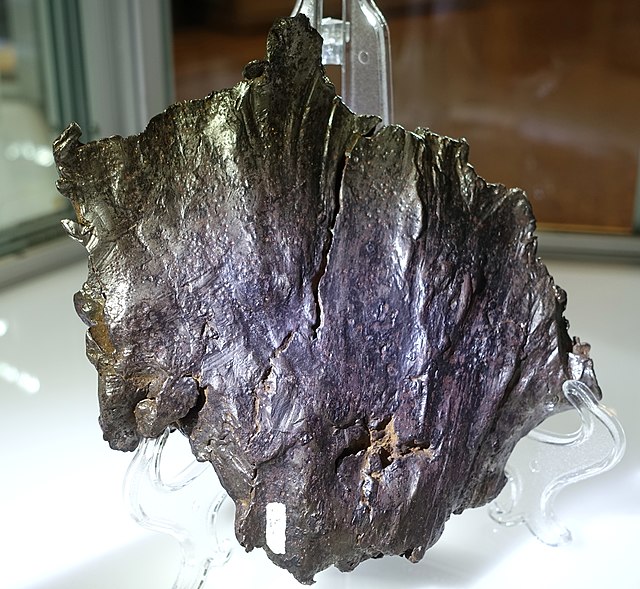
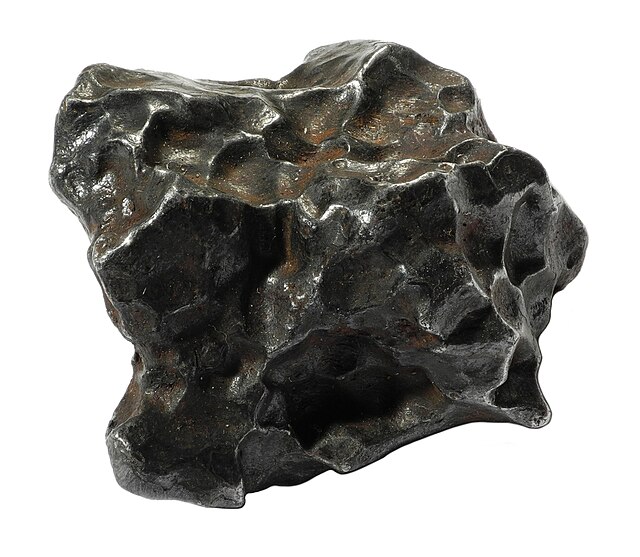
Sikhote-Alin
The Sikhote-Alin meteorite is a famous iron meteorite that fell on February 12, 1947, in the Sikhote-Alin Mountains in eastern Russia. This event is notable for its spectacular fireball and the subsequent impact that resulted in the recovery of numerous fragments of the meteorite. Here’s an exploration of its discovery, composition, significance, and scientific impact:
Discovery and History
The Sikhote-Alin meteorite fall occurred around 10:38 AM local time on February 12, 1947, over the Sikhote-Alin Mountains in the Russian Far East. Witnesses reported a bright fireball streaking across the sky, followed by loud explosions and a rain of meteorite fragments.
Recovery Efforts
Following the meteorite fall, Soviet scientists organized expeditions to recover and study the fragments. They collected over 200 kilograms (440 pounds) of material, documenting the impact sites and gathering valuable data about the meteorite’s composition and structure.
Composition and Structure
Sikhote-Alin is classified as an iron meteorite, specifically belonging to the coarsest octahedrite group. Its composition consists primarily of iron and nickel, with traces of cobalt and other elements. The meteorite’s crystalline structure, known as Widmanstätten patterns, formed over millions of years as it cooled slowly within its parent asteroid.
Widmanstätten Patterns
One of the defining features of the Sikhote-Alin meteorite is its intricate and well-defined Widmanstätten patterns. These patterns are visible when the meteorite is etched with acid, revealing a geometric arrangement of kamacite and taenite crystals. These patterns are not only aesthetically appealing but also provide insights into the meteorite’s cooling history and the conditions within its parent asteroid.
Scientific Significance
The Sikhote-Alin meteorite holds significant scientific value, providing insights into impact processes, meteorite dynamics, and the formation of our solar system.
Impact Dynamics
The Sikhote-Alin meteorite is renowned for the violence of its impact event. Witnesses reported sonic booms and explosions as the meteoroid fragmented and exploded in the atmosphere. The recovered fragments show evidence of rapid cooling and deformation, including characteristic thumbprint-like regmaglypts caused by ablation during atmospheric entry.
Research and Studies
Scientific studies of Sikhote-Alin have contributed to our understanding of impact cratering processes, asteroidal compositions, and the dynamics of meteoroid entry into Earth’s atmosphere. The meteorite’s recovery and subsequent analysis have provided valuable data for planetary science and astrophysics.
Cultural and Collectible Value
Beyond its scientific importance, the Sikhote-Alin meteorite holds cultural and collectible value, captivating collectors and enthusiasts worldwide.
Collectibility
Fragments of Sikhote-Alin meteorites, especially those with well-preserved regmaglypts and Widmanstätten patterns, are highly sought after by collectors. These specimens are often showcased in private collections and museums, where they serve as examples of the raw power and beauty of cosmic phenomena.
